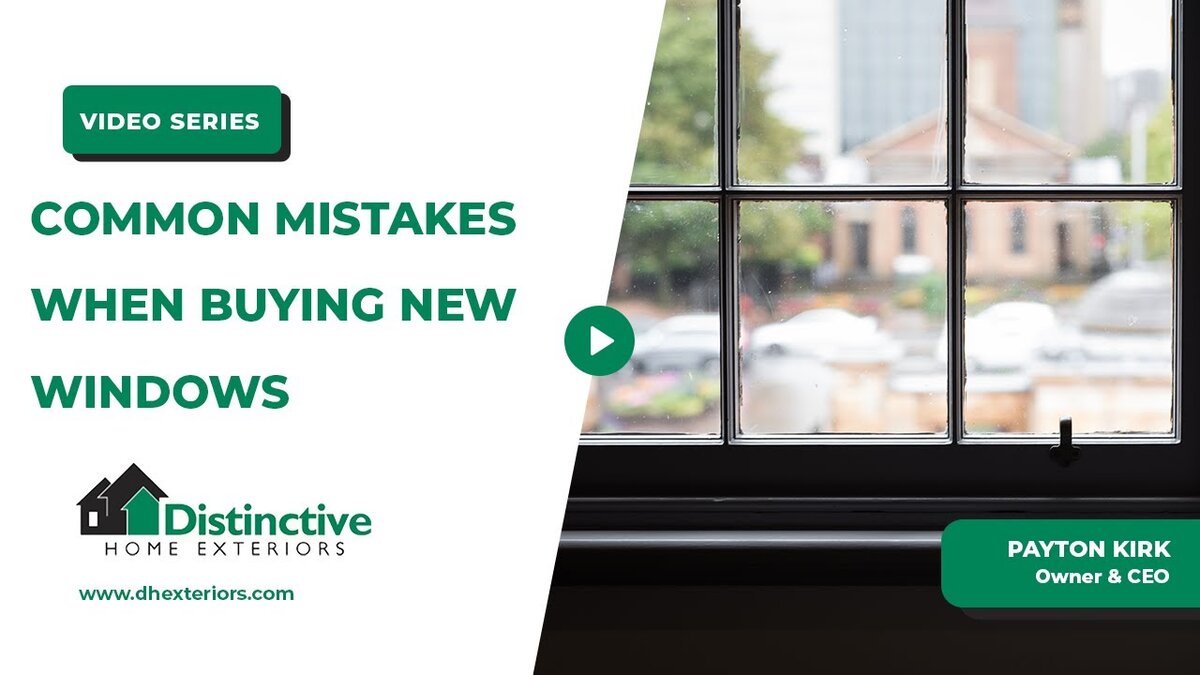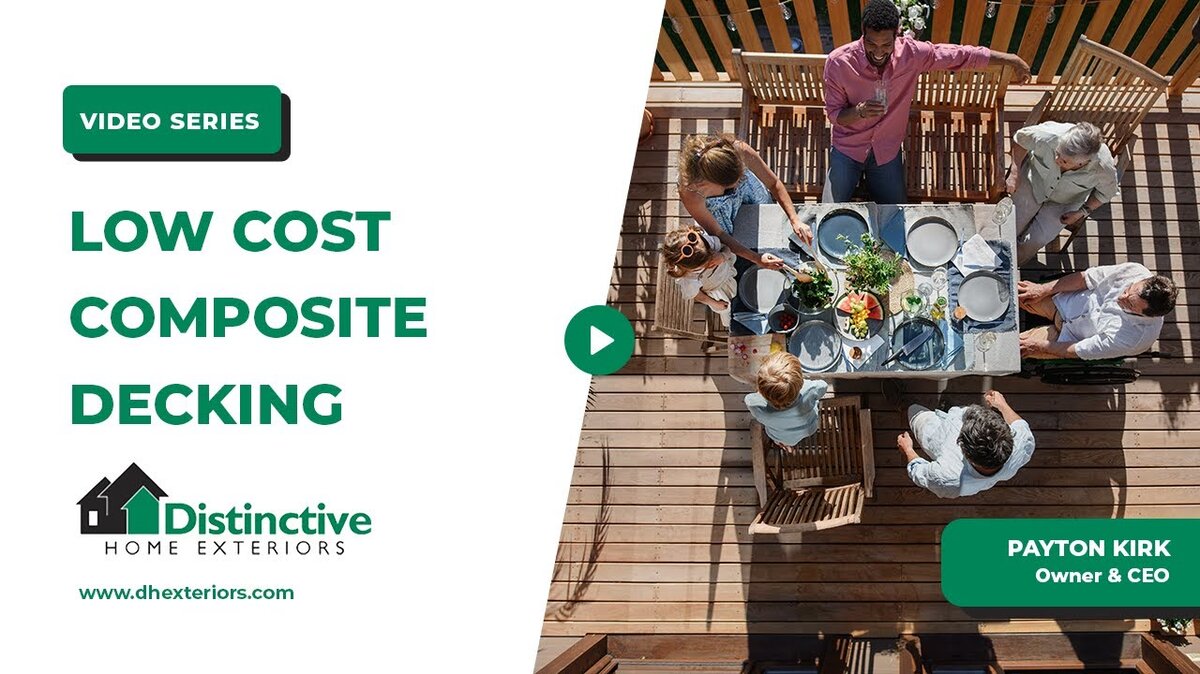Windows are a key feature of your home’s design, influencing aesthetics, functionality, and energy efficiency. The right window style for your home can enhance your space, improve comfort, and reflect your personal style. While builders often have significant input in the selection process, you have considerable freedom in customizing window styles to suit your needs. This blog provides insights into selecting the perfect windows for your home, covering style changes, financial considerations, structural implications, customization options, and size limitations.
Window Style Changes
Windows can be a design statement, but sometimes changes are necessary to reflect new preferences or to enhance the home. Changing window styles is a straightforward task for experienced builders. For instance, replacing a double-hung unit with a slider can offer more glass and light. Similarly, transitioning to casements or reversing back to double-hung units is entirely feasible. Homeowners can even choose to modify window openings, either expanding or shrinking them to accommodate new styles.
However, keep in mind that these changes might necessitate additional labor and materials, which leads us to financial considerations.
Financial Considerations
Upgrading or downsizing windows involves more than just switching out the old unit. Changes to window size or style require additional materials and labor. This translates to higher costs, particularly for structural modifications. It’s important to factor in these costs when planning changes to ensure the work can be completed effectively without breaking the bank.
Structural Considerations
When considering the right window style for your home, remember the structural integrity of your walls. Ask whether the existing header can support the new span, particularly when replacing multiple individual windows with a single wide door unit. Ensuring the wall remains structurally sound is paramount, and framing must be done correctly. These factors increase the cost and complexity of the project, but they are necessary to maintain the safety and stability of the home.
Customization Options
Despite potential financial and structural challenges, there’s an abundance of customization options available. For example, you can replace infrequently opened windows with fixed units, saving money and minimizing maintenance. Conversely, fixed windows can be swapped for operable units, offering improved ventilation and functionality.
Don’t feel pressured to stick with your current style. You have the freedom to explore new styles and configurations. The key is to be aware of size limitations and manufacturer constraints.
Size Limitations
Different window styles have varying size limitations. For instance, casements rarely exceed 36 inches in width, making them incompatible with wider openings. Double-hung windows may not fit into spaces previously occupied by sliders, as sliders are typically wider than they are tall.
Understanding these limitations and consulting with your builder or manufacturer ensures your chosen window style fits and functions as intended.
In Summary
Choosing the right window style for your home involves balancing aesthetics, functionality, cost, and structural considerations. While there may be challenges, customization options provide ample flexibility, allowing you to tailor windows to your specific needs. Whether you’re making modest style changes or reimagining your entire window layout, consider your financial and structural constraints.
If you need assistance in selecting or installing windows, contact us for professional advice and services.





